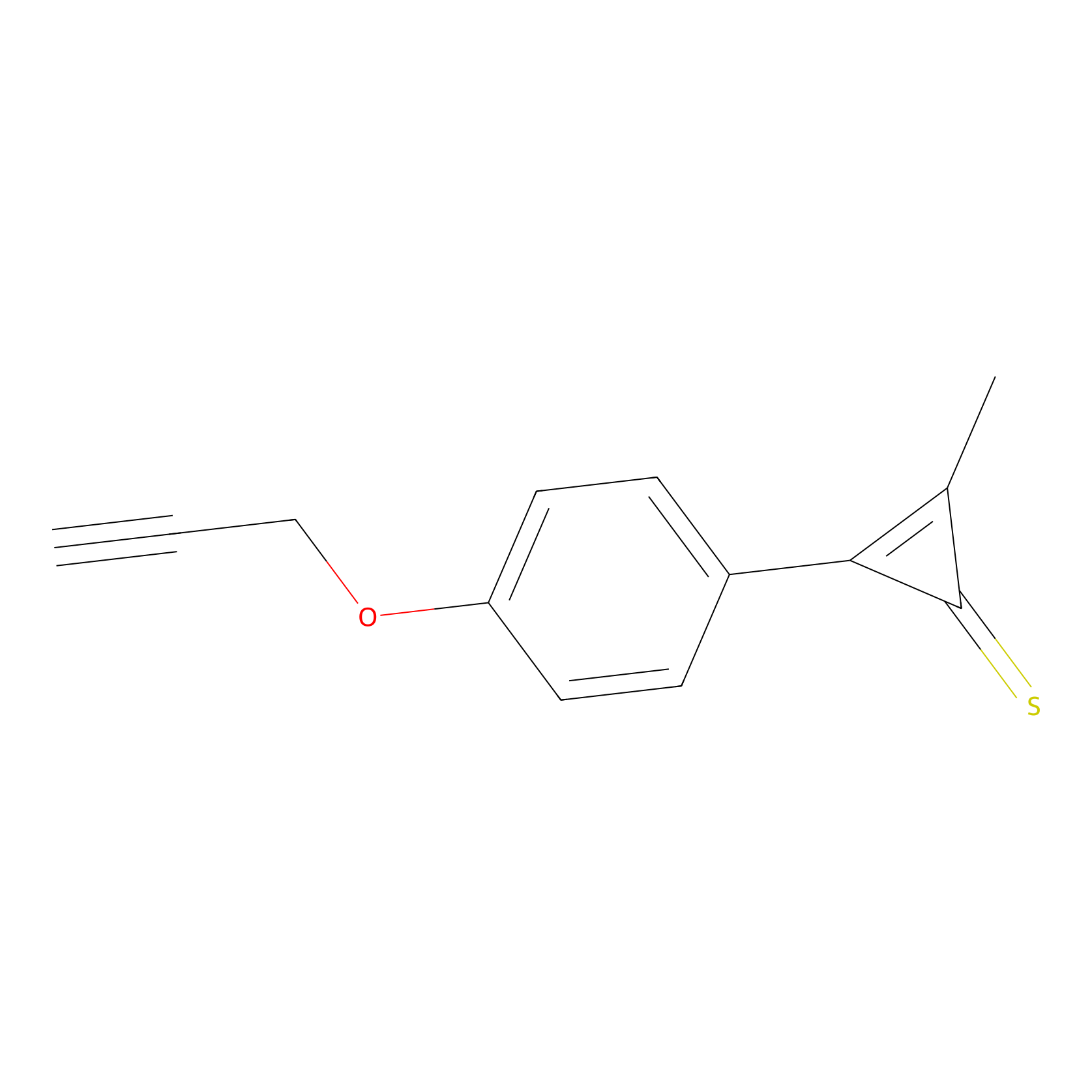Details of the Target
General Information of Target
| Target ID | LDTP12168 | |||||
|---|---|---|---|---|---|---|
| Target Name | Transient receptor potential cation channel subfamily V member 4 (TRPV4) | |||||
| Gene Name | TRPV4 | |||||
| Gene ID | 59341 | |||||
| Synonyms |
VRL2; VROAC; Transient receptor potential cation channel subfamily V member 4; TrpV4; Osm-9-like TRP channel 4; OTRPC4; Transient receptor potential protein 12; TRP12; Vanilloid receptor-like channel 2; Vanilloid receptor-like protein 2; VRL-2; Vanilloid receptor-related osmotically-activated channel; VR-OAC
|
|||||
| 3D Structure | ||||||
| Sequence |
MATPDAGLPGAEGVEPAPWAQLEAPARLLLQALQAGPEGARRGLGVLRALGSRGWEPFDW
GRLLEALCREEPVVQGPDGRLELKPLLLRLPRICQRNLMSLLMAVRPSLPESGLLSVLQI AQQDLAPDPDAWLRALGELLRRDLGVGTSMEGASPLSERCQRQLQSLCRGLGLGGRRLKS PQAPDPEEEENRDSQQPGKRRKDSEEEAASPEGKRVPKRLRCWEEEEDHEKERPEHKSLE SLADGGSASPIKDQPVMAVKTGEDGSNLDDAKGLAESLELPKAIQDQLPRLQQLLKTLEE GLEGLEDAPPVELQLLHECSPSQMDLLCAQLQLPQLSDLGLLRLCTWLLALSPDLSLSNA TVLTRSLFLGRILSLTSSASRLLTTALTSFCAKYTYPVCSALLDPVLQAPGTGPAQTELL CCLVKMESLEPDAQVLMLGQILELPWKEETFLVLQSLLERQVEMTPEKFSVLMEKLCKKG LAATTSMAYAKLMLTVMTKYQANITETQRLGLAMALEPNTTFLRKSLKAALKHLGP |
|||||
| Target Type |
Clinical trial
|
|||||
| Target Bioclass |
Transporter and channel
|
|||||
| Family |
Transient receptor (TC 1.A.4) family, TrpV subfamily, TRPV4 sub-subfamily
|
|||||
| Subcellular location |
Endoplasmic reticulum; Cell membrane
|
|||||
| Function |
Non-selective calcium permeant cation channel involved in osmotic sensitivity and mechanosensitivity . Activation by exposure to hypotonicity within the physiological range exhibits an outward rectification. Also activated by heat, low pH, citrate and phorbol esters . Increase of intracellular Ca(2+) potentiates currents. Channel activity seems to be regulated by a calmodulin-dependent mechanism with a negative feedback mechanism. Promotes cell-cell junction formation in skin keratinocytes and plays an important role in the formation and/or maintenance of functional intercellular barriers. Acts as a regulator of intracellular Ca(2+) in synoviocytes. Plays an obligatory role as a molecular component in the nonselective cation channel activation induced by 4-alpha-phorbol 12,13-didecanoate and hypotonic stimulation in synoviocytes and also regulates production of IL-8. Together with PKD2, forms mechano- and thermosensitive channels in cilium. Negatively regulates expression of PPARGC1A, UCP1, oxidative metabolism and respiration in adipocytes. Regulates expression of chemokines and cytokines related to pro-inflammatory pathway in adipocytes. Together with AQP5, controls regulatory volume decrease in salivary epithelial cells. Required for normal development and maintenance of bone and cartilage. In its inactive state, may sequester DDX3X at the plasma membrane. When activated, the interaction between both proteins is affected and DDX3X relocalizes to the nucleus. In neurons of the central nervous system, could play a role in triggering voluntary water intake in response to increased sodium concentration in body fluid.; [Isoform 1]: Non-selective calcium permeant cation channel involved in osmotic sensitivity and mechanosensitivity. Activation by exposure to hypotonicity within the physiological range exhibits an outward rectification. Also activated by phorbol esters. Has the same channel activity as isoform 1, and is activated by the same stimuli.; [Isoform 5]: Non-selective calcium permeant cation channel involved in osmotic sensitivity and mechanosensitivity. Activation by exposure to hypotonicity within the physiological range exhibits an outward rectification. Also activated by phorbol esters. Has the same channel activity as isoform 1, and is activated by the same stimuli.; [Isoform 2]: Lacks channel activity, due to impaired oligomerization and intracellular retention.; [Isoform 4]: Lacks channel activity, due to impaired oligomerization and intracellular retention.; [Isoform 6]: Lacks channel activity, due to impaired oligomerization and intracellular retention.; (Microbial infection) Facilitates hepatitis C virus (HCV) replication, possibly through its action on DDX3X.; (Microbial infection) Facilitates Dengue virus (DENV) replication, possibly through its action on DDX3X.; (Microbial infection) Facilitates Zika virus (ZIKV) replication, possibly through its action on DDX3X.
|
|||||
| TTD ID | ||||||
| Uniprot ID | ||||||
| DrugMap ID | ||||||
| Ensemble ID | ||||||
| HGNC ID | ||||||
| ChEMBL ID | ||||||
Target Site Mutations in Different Cell Lines
| Cell line | Mutation details | Probe for labeling this protein in this cell | |||
|---|---|---|---|---|---|
| 22RV1 | Insertion: p.Y281LfsTer53 | . | |||
| CAL51 | Insertion: p.I145HfsTer12 | . | |||
| CHL1 | SNV: p.S4F | DBIA Probe Info | |||
| COLO320 | SNV: p.S203N | . | |||
| EGI1 | SNV: p.R269L | DBIA Probe Info | |||
| G361 | SNV: p.D119N | . | |||
| HCT15 | SNV: p.Q267H | . | |||
| HT115 | SNV: p.D84N | . | |||
| JURKAT | SNV: p.M761T | . | |||
| KYSE30 | SNV: p.S630T | . | |||
| L428 | SNV: p.P844R | . | |||
| LN18 | SNV: p.A354V | . | |||
| LNCaP clone FGC | SNV: p.P99H | . | |||
| MFE319 | SNV: p.F108L | . | |||
| MOLT4 | SNV: p.R315L | . | |||
| NCIH1666 | SNV: p.P60Q | . | |||
| OVK18 | SNV: p.L752P | . | |||
| RL952 | Deletion: p.D21MfsTer49 | . | |||
| WM793 | SNV: p.E684K | . | |||
Probe(s) Labeling This Target
ABPP Probe
| Probe name | Structure | Binding Site(Ratio) | Interaction ID | Ref | |
|---|---|---|---|---|---|
|
DBIA Probe Info |
 |
C853(1.16) | LDD3360 | [1] | |
|
CY4 Probe Info |
 |
K344(0.00); D347(0.00); M345(0.00); Y346(0.00) | LDD0247 | [2] | |
Competitor(s) Related to This Target
The Interaction Atlas With This Target
The Protein(s) Related To This Target
Transporter and channel
| Protein name | Family | Uniprot ID | |||
|---|---|---|---|---|---|
| Transient receptor potential cation channel subfamily V member 4 (TRPV4) | Transient receptor (TC 1.A.4) family | Q9HBA0 | |||
The Drug(s) Related To This Target
Approved
| Drug Name | Drug Type | External ID | |||
|---|---|---|---|---|---|
| Cannabidiol | Small molecular drug | DB09061 | |||
| Butamben | . | DB11148 | |||
Phase 2
| Drug Name | Drug Type | External ID | |||
|---|---|---|---|---|---|
| Phorbol 12-myristate 13-acetate | Small molecular drug | D09DHT | |||
| Gsk2798745 | . | D07HSR | |||
Investigative
References
